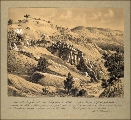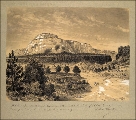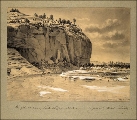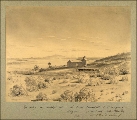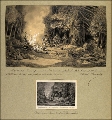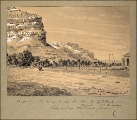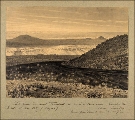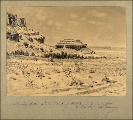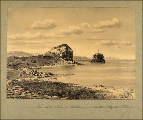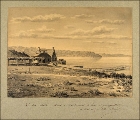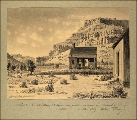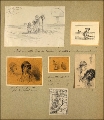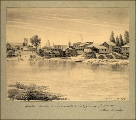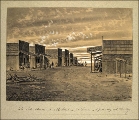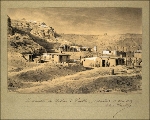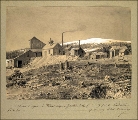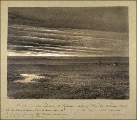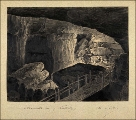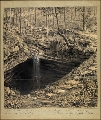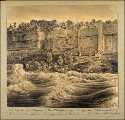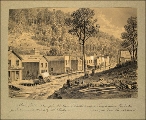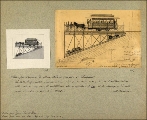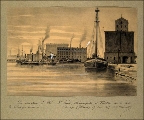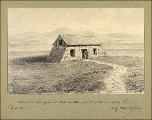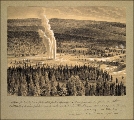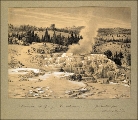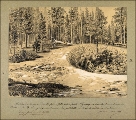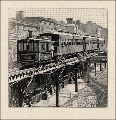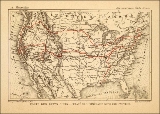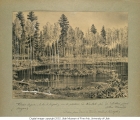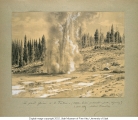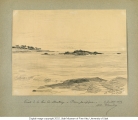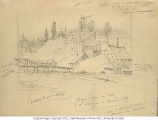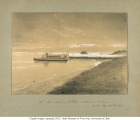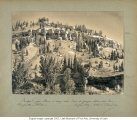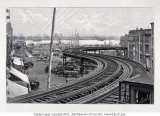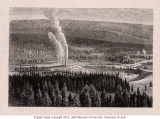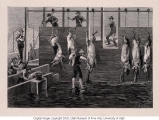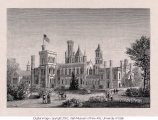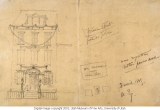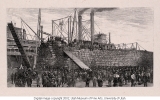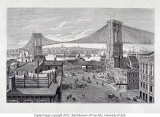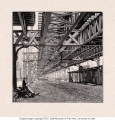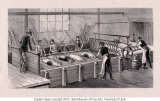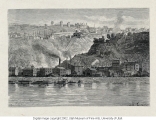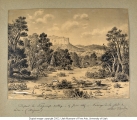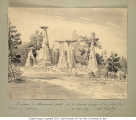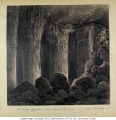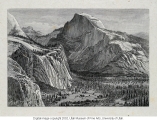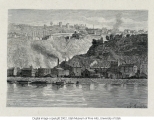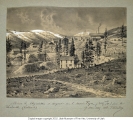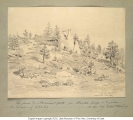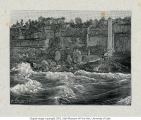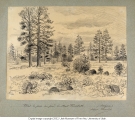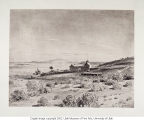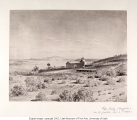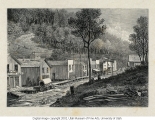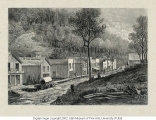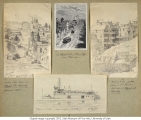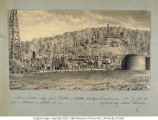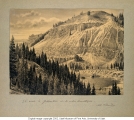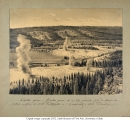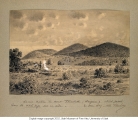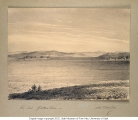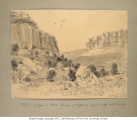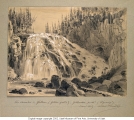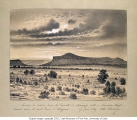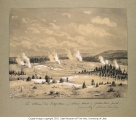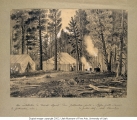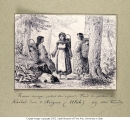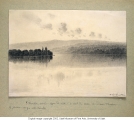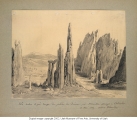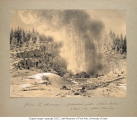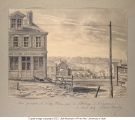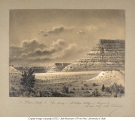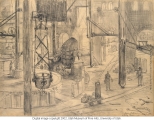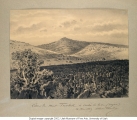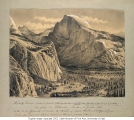| Identifier |
1978_238_bathingEstablishment.jpg |
| Title |
The Salt Lake, Utah: Bathhouse and Open Air Café |
| Alternate Title |
Le lac salé - Utah - Etablissement de bain et guinguette |
| Creator |
Tissandier, Albert 1839-1906 |
| Subject |
Great Salt Lake (Utah)--1880-1890; Bathhouses--Utah--Great Salt Lake--1880-1890; Cafes--Utah--Great Salt Lake--1880-1890; Lakes & ponds--Utah--Great Salt Lake--1880-1890 |
| Published Location |
Reproduced in Beyond the endless river : western American drawings and watercolors of the nineteenth century, by James K. Ballinger ([Phoenix, AZ] : Phoenix Art Museum, 1979), plate 86, p. 174. Reproduced in the exhibition catalog, Albert Tissandier : Drawings of nature and industry in the United States, 1885, by Mary F. Francey ([Salt Lake City, UT] : Utah Museum of Fine Arts, 2001), p. 31. |
| Short Essay |
Tissandier wrote that a trip to the mysterious Great Salt Lake was one of the most beautiful outings in the vicinity of Salt Lake City. "It is impossible to dream of anything more poetic than this lake", he declared, and noted that the shades of color are subtle and so similar to the sky that one can "barely distinguish the horizon line of this inland sea". The shores, he wrote, were "verdant and covered in flowers we in France would conserve as rarities". There were also some "primitive" establishments installed for visiting tourists and bathers. Tissandier further described the various levels the lake assumed over time, remarked on its size and previously recorded temperature differentials. Bathers, he said, were known to float as easily as corks, and diving into this lake would be as difficult as entering a bath of mercury. The high concentration of salt could also "cause the diver's eyes to suffer seriously" and even blind them. According to reports by Mormon settlers a barrel of salt could be recovered from three barrels of water. Tissandier, howver, noted that the more credible surveys conducted by United States geological survey teams stated that the saline content of the lake varied from 14.8% to 22.4% depending on the year and season. Tissandier also described the "small, almost imperceptible crustacean" the Artemia fertilis, that lived in the lake, and Ephydra gracilis, the tiny insects that swarmed the banks. The drawing of the Great Salt Lake shows the bathing establishment at Black Rock that was used as changing rooms, observation decks, a restaurant, picnic tables and a dock for swimmers. Tissandier captures the desolate feeling of an ancient desert lake for the benefit of his readers who may have an interest in traveling through the western United States. |
| Publisher |
Utah Museum of Fine Arts |
| Contributors |
Mary F. Francey |
| Date |
1885-05-21 |
| Type |
Image |
| Format |
application/pdf |
| Source |
Albert Tissandier: Drawings of Nature and Industry in the United States |
| Language |
fra |
| Rights Management |
Digital image c2001 Utah Museum of Fine Arts, University of Utah |
| Source Physical Dimensions |
34.29 cm High x 40.64 cm Wide |
| Source Characteristics |
Graphite on paper |
| Light Source |
Kaiser Softlite ProVision 6x55W flourescent 5400K daylight |
| Archival Resolution |
TIFF: 4843 x 4176 pixels |
| Display Resolution |
JPEG: 900 x 771 pixels |
| Bit Depth |
36-bit color |
| Scanning Device |
Leica S1 Pro scanning camera; Hasselblad CFi 50mm F/4 lens; f/11 |
| Exhibit Catalog |
ISBN: 0-9657215-0-7; Library of Congress Catalog Number: 2001094211 |
| Setname |
uu_umfa_at |
| ID |
415806 |
| Reference URL |
https://collections.lib.utah.edu/ark:/87278/s6bk1cds/415806 |

